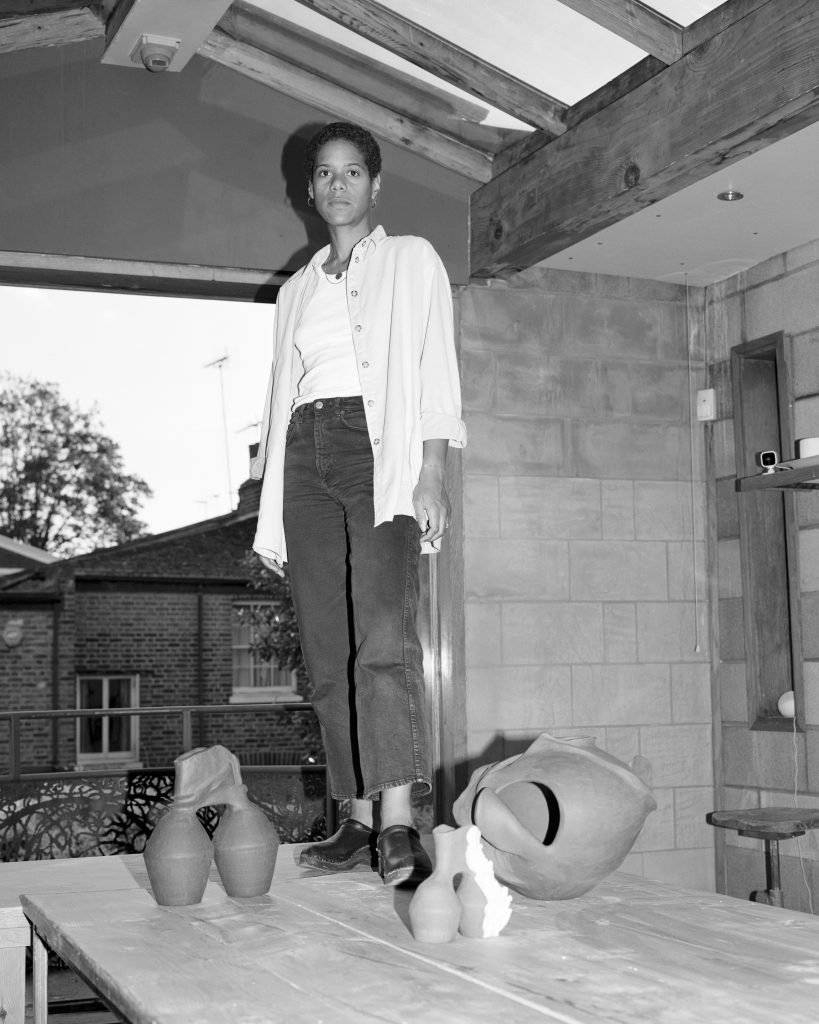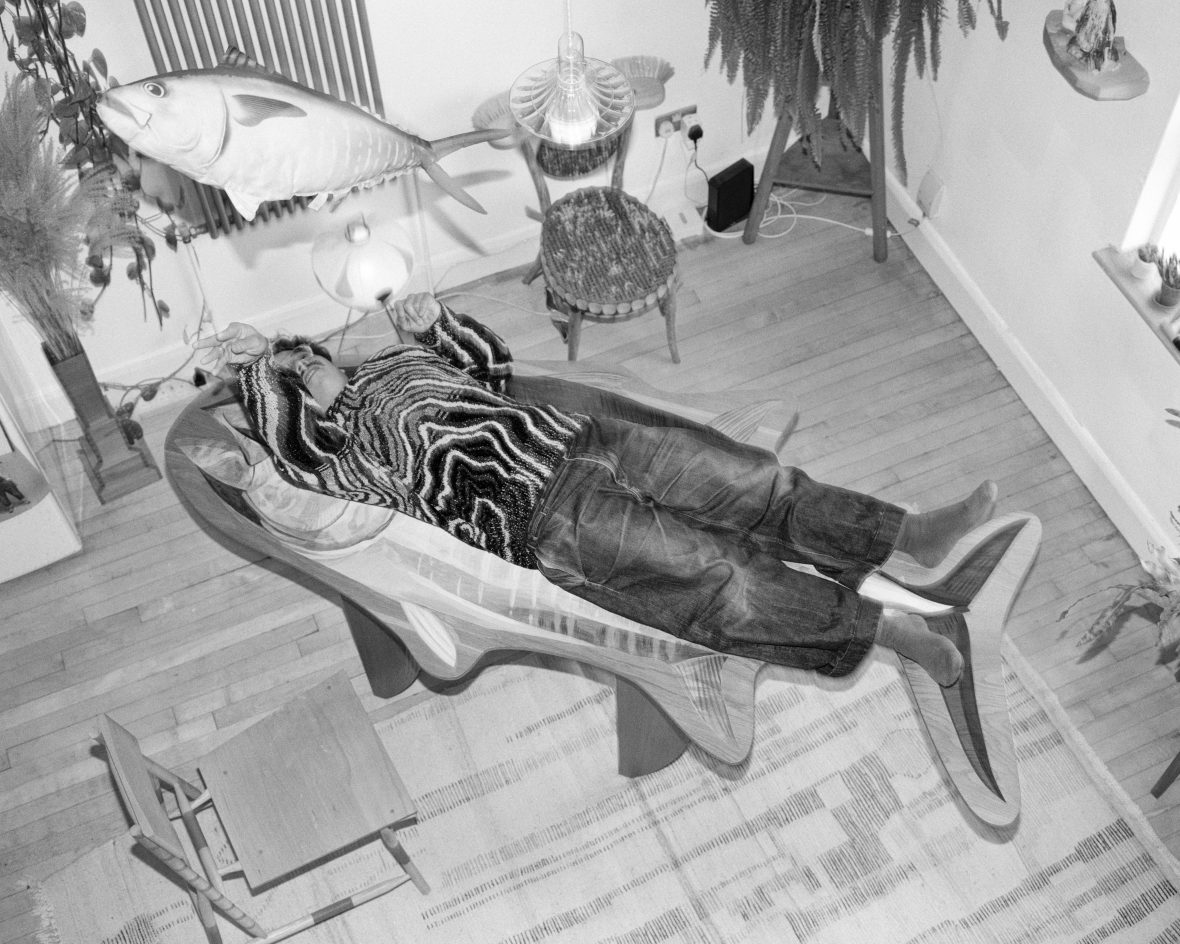In an increasingly interconnected world, design has become a meaningful tool for self-expression

Throughout history, design has unfurled as a vehicle for self-expression. Consider the ground-breaking designs of Eileen Gray, a pioneer of modernism in the early 20th century. Her E-1027 seaside villa – replete with shape-shifting furniture – was not merely a marvel of architecture but a defiance against gender norms, and a means of carving out space in a male-dominated industry. Or Emory Douglas, a graphic artist and Minister of Culture for the Black Panther Party, whose revolutionary designs represented Black American oppression and helped define protest art at the height of the Civil Rights era. Otl Aicher – a designer most revered for his identity for the 1972 Summer Olympics in Germany – opposed the politics of Nazi-era Germany and believed that designers were responsible for building a better order. This led to the co-founding of education centre Ulmer Volkshochschule in 1946, accompanied by a graphic poster with the title ‘Wiederaufbau’, which translates to ‘the rebuilding’. Aicher played a pivotal role in reconstructing post-war Germany.
In the present day, where ideas dance freely amidst a mosaic of cultures, the importance of preserving and expressing one’s individuality cannot be overstated. Design has proven to be an instrument for making sense of oneself and communicating it to the masses. It’s more than aesthetics; it’s a canvas where individuals can paint their innermost narratives through materials, processes and technology. This concept pulses vigorously through the veins of many contemporary practitioners today, like Subin Seol, a London and Seoul-based designer who skilfully weaves her Korean heritage into her oeuvre. “Design is an intrinsic reflection of one’s identity and self,” she says. “I’m not just crafting objects; I’m translating my personal journey, challenges and joys into a tangible form.”
Subin’s formative years were bathed in Korean history, stories and craftsmanship, forging the bedrock upon which she built her creative perspective – a juxtaposition between Korean tradition and a modern feel. Her Korean Art Deco collection, shown at Seoul Design Festival in 2020, stands as a magnum opus for its fusion of bold, geometric Art Deco style with traditional Korean art, the latter designed after natural forms. Meanwhile, her Remembrance project, unveiled this year, comprises a dining chair and coffee table derived from reclaimed timber handrails sourced from a brutalist landmark, the now-demolished Fawley Power Station, located in Hampshire. An “ode to architectural heritage”, the project invites viewers to honour its memory through the physical elements.
Even with the prevalence of British architectural features, her Korean heritage still reverberates within the Remembrance project – attained through the use of natural, repurposed materials and delicate composition. “Whether it’s the patterns, shapes or even the subtle gestures in my designs, my Korean heritage invariably shines through,” she says. “Every design choice, from material selection to the crafting technique, tells a story of where I’ve been, what I’ve learned and how I perceive the world. The transformation of ideas into three-dimensional objects serves as a testament to my evolving identity.”

This exploration of self resonates within the ethos of Bisila Noha, a London-based ceramic artist, researcher and writer of Spanish-Equatoguinean heritage. With clay as her muse, Noha was drawn to pottery for its affinity with tactility. “I love the fact that it is a direct conversation with the material,” she says. “The way my fingers are dealing with the clay and shaping it is very relaxing and meditative.” As time went on, a deeper fascination for the material’s history grew – specifically the way in which clay has been part of civilisation for thousands of years, and used to make bricks or vessels for storing food and water. “It is such an integral part of our survival.”
At the start of her creative journey, Noha felt inclined to use her practice as a way of proving her Spanish-ness, employing traditional Spanish objects – like Mediterranean water containers crafted in hues of warmth and vitality – as an influence. Around three years ago, her parents brought back clay from Baney, a small town in Equatorial Guinea where her father is from. “Through the process of making with this clay, I’ve connected to my African side,” she explains. “It’s been an interesting but also very deep and transformational process.” When she returned to Baney in April, from the moment she arrived there was an irrefutable sense of homecoming – “for so many years I had been dealing with and touching the land.” So in a sense, Baney clay acted as a catalyst for her to open up about her heritage, resulting in her most personal project to date, Baney Clay: An Unearthed Identity, a collection made with mixtures of stoneware or porcelain and Baney clay. It also sparked her creative ethos to reclaim the history of women of colour in pottery, and to challenge Western views on art and craft.
Rio Kobayashi, a London-based designer of Japanese-Austrian heritage, also finds solace in the practice of his craft. Raised in Japan by an artisan family, he imbibed the spirit of craftsmanship almost inherently. His parents are hippies – his dad a potter and mum a conservationist with pink hair – and they lived in an eccentric house with a large workshop and a mass of land. “Many people treated me as a special person,” says Kobayashi of his experiences growing up mixed-race in the countryside. Not only does he have a German accent in English, sometimes it’s Italian or Austrian Tyrolean; he’s also fluent in Japanese and German. “My existence was already confusing for many people.” This melting pot of cultures went on to inform his outlook on design – that is, an aim to create anthropomorphic furniture pieces lavished in patterns, maximalist silhouettes and a reverence for creating unexpected outcomes. “I like the idea of mixing everything up, making it all ambiguous and confusing to people.”

This is evident across Kobayashi’s entire portfolio, from a reconstructed three-legged table assembled in a “bat-like” hanging manner, to Shima Uma, a mixed-material dresser designed for Dolce & Gabbana that’s inspired by the ambiguity of a zebra’s black-and-white stripes. More recently, Kobayashi released a collaborative project Manus Manum Lavat, which translates to “One hand washes the other”. Made in conjunction with a group of friends who each work across textiles, graphics and art, he set out to recreate a living room of his life, filled with a medley of playful furniture pieces that you wouldn’t find anywhere else. A table with a tuna fish painted on the top; or hand-shaped soaps appearing like they’re reaching out to wash the palm of the other; the collection pivots away from a lone journey of self-discovery and instead shows us what happens when a group of like-minded individuals (and friends) come to ride on the same path. Three posters were commissioned for the exhibition, which provoked a welcomed response for Kobayashi; “My grandma didn’t understand the posters,” he says. “I was trying to get people to feel even more confused.”
Kobayashi is an apt example of how craft can allow designers to press their own imprint onto a tangible object. In a similar vein, UK-based wood artist, curator and public speaker Darren Appiagyei uses locally sourced wood from Shooters Hill, London, to create sculptures seeped in Ghanaian tradition. “As I grew older, I developed my identity and understood what it is to be from Ghana,” he says. From pottery and weaving to beadwork, masks and wood carving, Ghanaian art is strikingly textured and raw. Appiagyei applies these attributes to his own work, but instead of striving for a flawless finish, he seeks out imperfections from the wood, slowly carving out cracks and texture between the posts of a lathe. “I try to keep the authenticity of the wood and its origin key to my design.”

With each curve and contour, Appiagyei maps out the formation of wood and essentially opens up a dialogue between the history of the natural world as well as his own. A series of Pyrographic Vessels put this process to use through pyrography, a mark burning technique which, when applied, subtly exposes the grains and enhances the tones of the wood. “I never want to disturb the natural aspects or features that make the wood interesting,” he says. For him, it’s important to appreciate the material, be explorative and enjoy the journey. “It’s a very therapeutic process for me. I call it a labour of love.”
From remedial hand-play to the crossing of cultures, the stories of these designers underscore the profound role that design can play in understanding identity and heritage. As we continue to navigate the complexities of an interconnected world, their work demonstrates the enduring power of craftsmanship and the ability for design to transcend borders and time. It’s clear that design is a homage to the diverse cultures that make up our global community.

This article is taken from Port issue 33. To continue reading, buy the issue or subscribe here




